Magic Wings Butterfly Conservatory & Gardens in South Deerfield, Massachusetts
At Magic Wings Butterfly Conservatory & Gardens, butterflies and humans alike can enjoy endless summer year-round.

Butterflies from species native to Central and South America, Australia, and the southern U.S. gather around one of the sugar-water feeders at Magic Wings.
Photo Credit : Heather MarcusA few years ago, I hit the wall with winter. Actually, it was more like a full-on collision. I was hauling wood and clearing walkways for what seemed like the hundredth time that season. I wanted to throw my shovel into the woods. I was finished with feeling cold and moving snow. Even my son, Calvin, seemed done with it. He’d just shrug at the prospect of another chance to go sledding, as if to say, Are we really still doing this?
What to do? Escaping to Florida wasn’t an option—but as it turned out, there was a winter respite just a little south of our home in New Hampshire. And so began our pilgrimage to Magic Wings Butterfly Conservatory & Gardens in South Deerfield, Massachusetts.
On a late February day, stepping into an 80-degree environment can make all the difference. Heavy coats are shed. T-shirts emerge, along with arms that have rarely been bare in four months. You see flowers. You see turtles. And of course, you see thousands of butterflies. I felt as though I’d entered a time machine and been dropped right into an early summer day in New England. No more shovels. No more ice. No more winter.
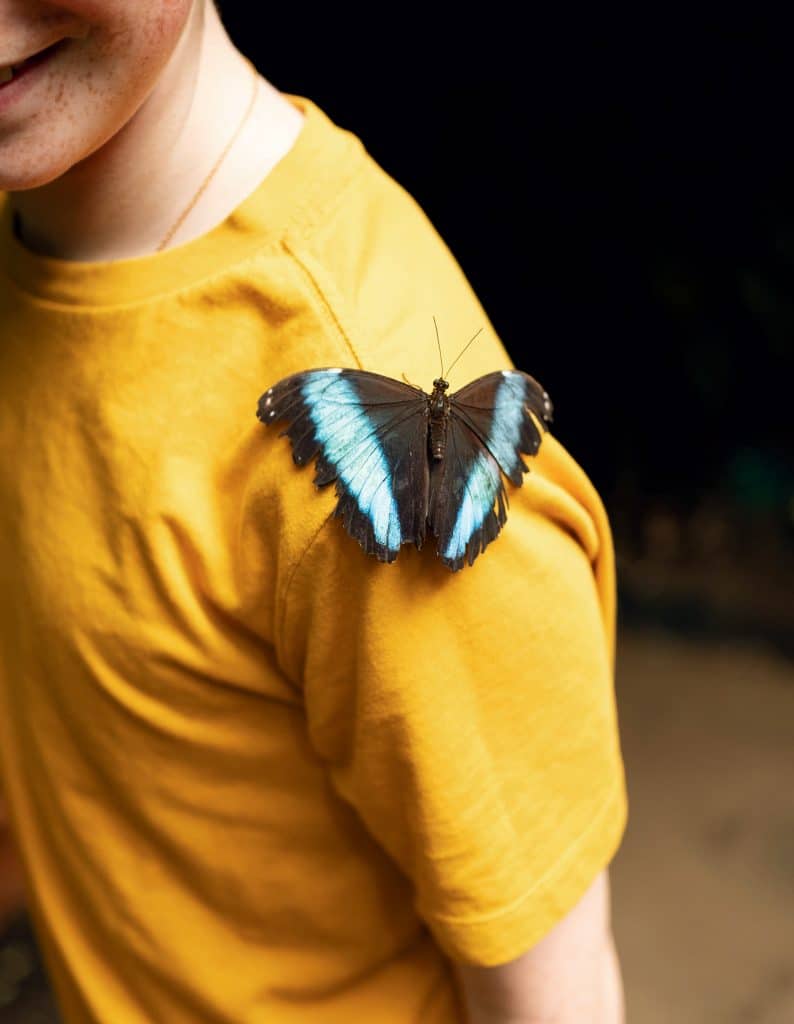
Photo Credit : Heather Marcus
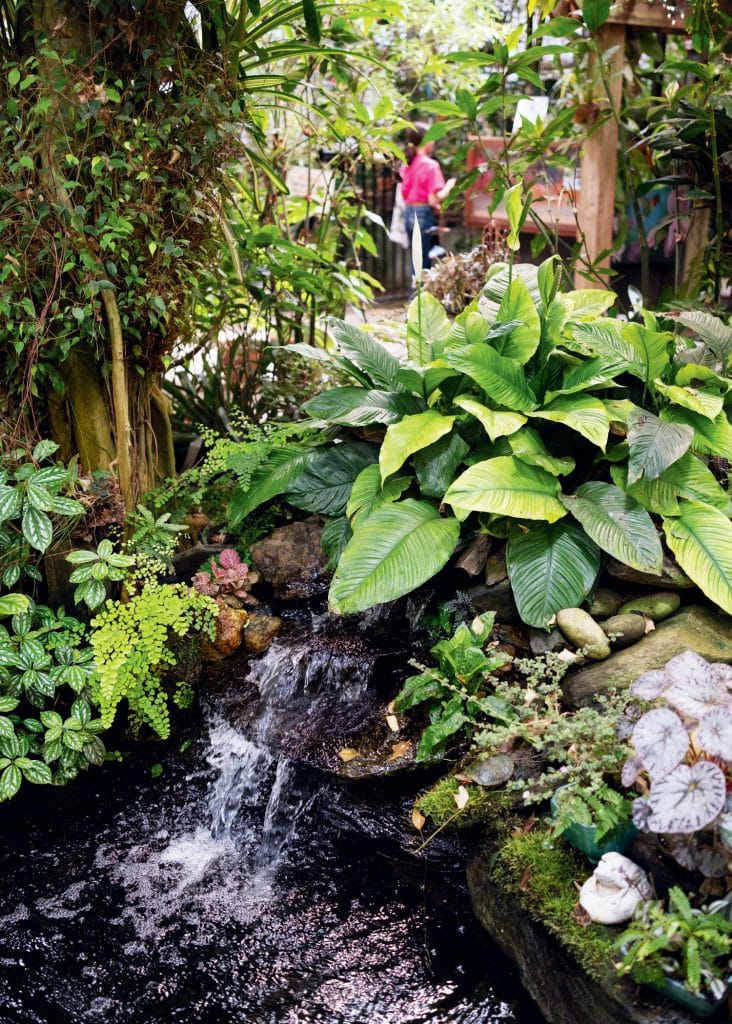
Photo Credit : Heather Marcus
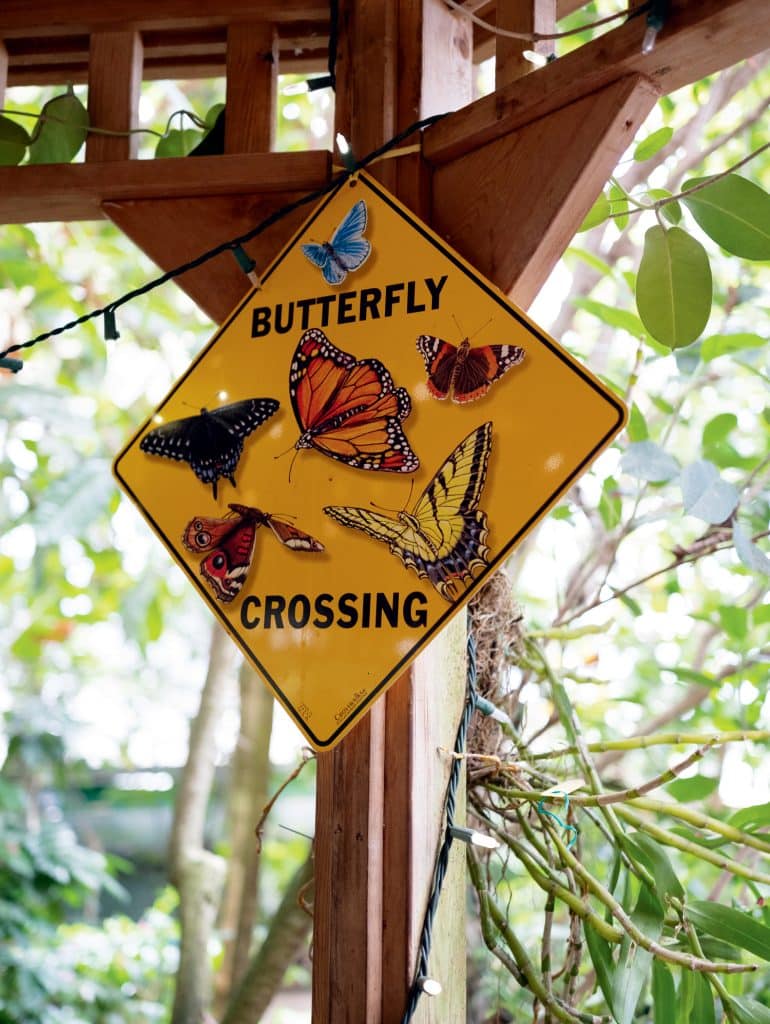
Photo Credit : Heather Marcus
We weren’t the only ones soaking all this in. Each year, more than 90,000 people visit Magic Wings, where curving paths lead visitors around and through an 8,000-square-foot glass conservatory. But where you stop and sit—a gazebo and a scattering of benches are among the options—is up to you. Maybe you’ll take a few minutes to gaze at the koi pond. Or perhaps it’s the orchids you’ll find most transfixing. Or maybe (and you wouldn’t be the first), you’ll just want to keep walking at a leisurely pace as butterflies dance and flutter around you.
Kathy Fiore understands the allure. In the late 1990s, her father, George Miller, a local contractor and military veteran, was hired for an unusual job: turning a tired restaurant space into a home for thousands of butterflies and tropical plants. Miller liked the challenge of the work but was even more intrigued by the business plan. When Magic Wings opened in 2000, he was a partner; a few years later, he owned it outright. After his passing in 2017, Fiore took over running Magic Wings alongside her brother, George Miller III.
“Winter is really the time when people find us,” says Fiore. “We have regulars who come here, take their coats and boots off, put on flip-flops, and a T-shirt, bring in a book and make an afternoon of it. I had one lady tell me she was paying $75 a week for therapy, then she decided to come here—and that became what she needed instead.
“If you think about it, the butterfly is this powerful symbol of change, a reminder that life is fleeting,” Fiore continues. “That really registers when you visit here, and I always find it remarkable how emotional some people are when they come here.”
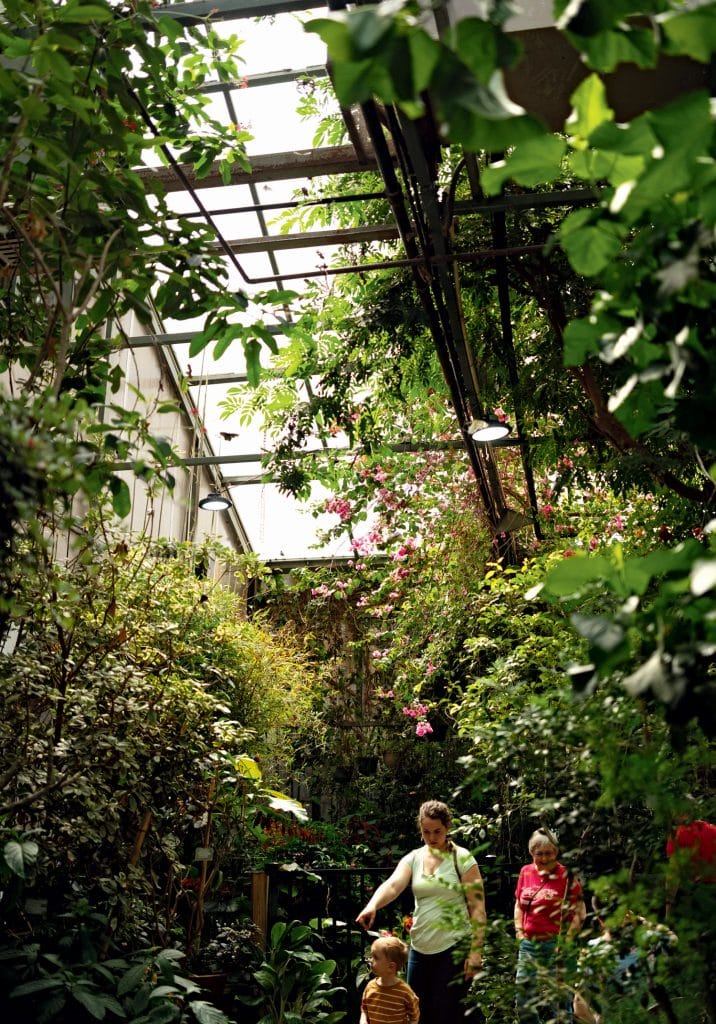
Photo Credit : Heather Marcus

Photo Credit : Heather Marcus
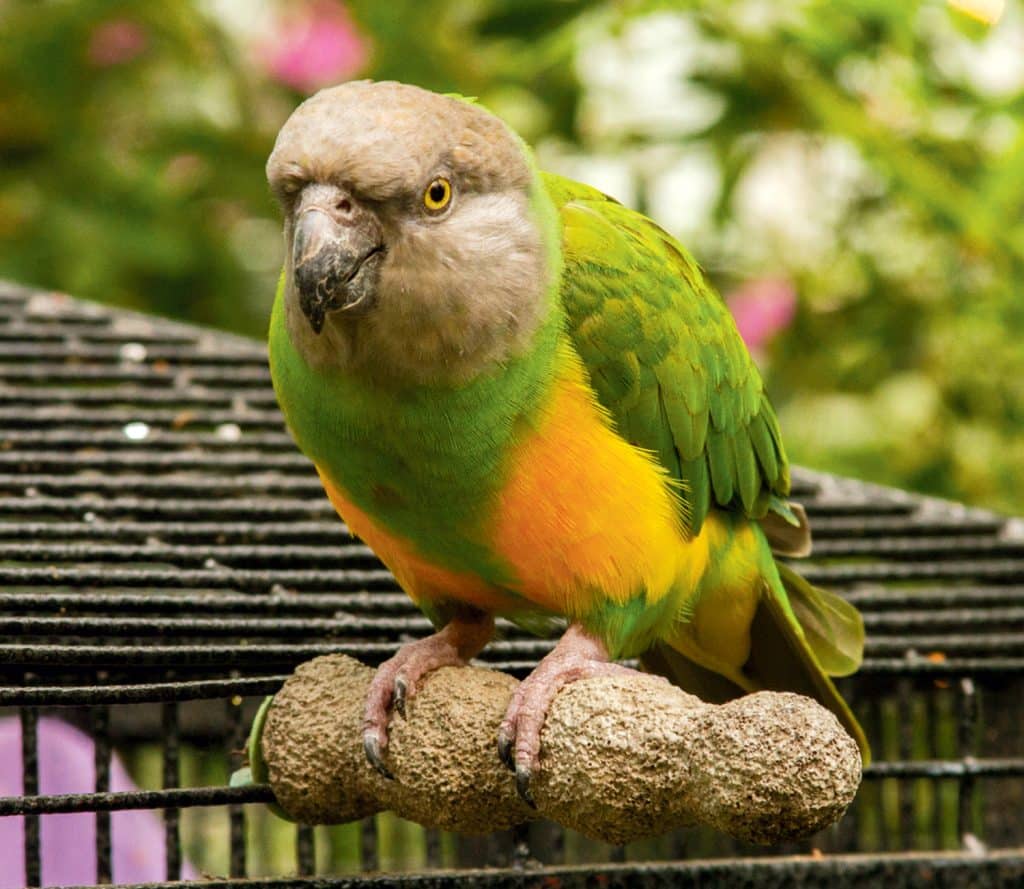
Photo Credit : Heather Marcus
In a region not exactly known for an abundance of butterfly conservatories, Magic Wings is one of the largest. More than 4,000 butterflies representing some 45 species make their home here; many of them you’d have to travel to places like Peru, Costa Rica, and the Philippines to see. The magic of this place, though, is that it’s not just about the butterflies: The conservatory is also base camp for all manner of life. There are over 100 varieties of tropical plants—plants that hang from high places, plants that droop, plants that flower, plants that burst with color. Red-footed tortoises from South America patrol the ponds, while teams of Chinese painted quail dart around the grounds. Look closely and you may spy a Vietnamese mossy frog or a stop-you-in-your-tracks Hercules beetle.
At the center of the show is Akbar, a Senegal parrot who has resided at Magic Wings for nearly two decades. “He’s pretty convinced that this is a bird sanctuary with some butterflies in it,” quips Fiore, then adds, “But my staff is passionate about everything here, so what visitors find is a place where all our creatures live in harmony.” Magic Wings can feel like a place that shouldn’t exist. Not in New England. Not in the throes of deep winter. But it does—and on a late February day when it feels almost impossible that spring will ever arrive, Magic Wings serves up a hopeful forecast. magicwings.com
Ian Aldrich
Ian Aldrich is the Senior Features Editor at Yankee magazine, where he has worked for more for nearly two decades. As the magazine’s staff feature writer, he writes stories that delve deep into issues facing communities throughout New England. In 2019 he received gold in the reporting category at the annual City-Regional Magazine conference for his story on New England’s opioid crisis. Ian’s work has been recognized by both the Best American Sports and Best American Travel Writing anthologies. He lives with his family in Dublin, New Hampshire.
More by Ian Aldrich

